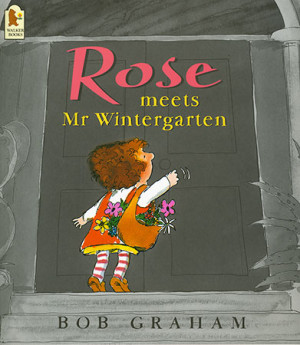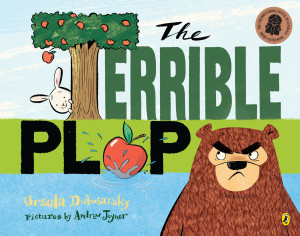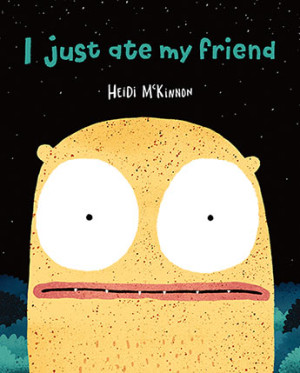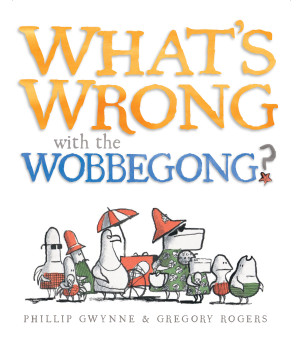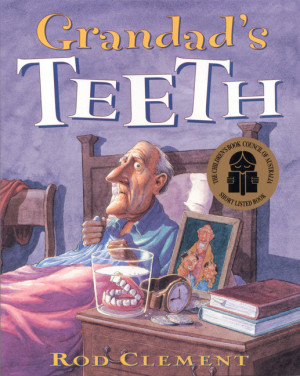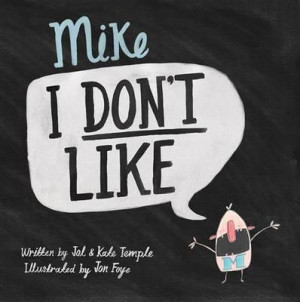

The unexpected bumps & turns in your plot road
What’s in the Video?
Knowing exactly where your story is going, and what’s going to happen in the end, isn’t always the most exciting to read – or to write! Learn how to introduce some clever plot twists in your writing, and give your readers a surprise they’ll never see coming!
Video Chapters:
00:00 Introduction
00:23 Meet the creators
01:27 Tips for writing amazing plot twists
04:27 What is foreshadowing?
06:37 Best ways to conceptualize your plot twists
08:13 Final words of advice
09:05 Here’s what we’ve learned
 Learning Intentions
Learning Intentions
1. Learning about plot twists, and how we can use them to revitalise our stories.
2. Exploring ways to plan and plot, and thinking about the bigger picture of our stories.
SUCCESS CRITERIA:
1. Experimenting with plot twist ideas, and inventing different story scenarios.
2. Included imaginative details and descriptive language.
 Discussion Questions
Discussion Questions
PRE VIDEO:
Think of the last story you read or watched where something happened that shocked you. What was the ‘thing’? How did it make you feel?
Did you suspect the twist was coming? Or was it completely surprising?
What is the best or most unexpected twist you remember from a story? Why was this twist so amazing?
POST VIDEO:
Emily said that plot twists are something surprising that happens or is discovered that ‘changes the direction’ you thought a story was going. What do you think she means by this? Why do you think a writer might want to change your expectations about where a story is going?
Shirley talked about good and bad twists. And she told us that a good twist is one that is properly planned or FORESHADOWED.
What is your understanding of FORESHADOWING? (NB – a clue that something will happen in the future. A hint of a future event).
Why do you think foreshadowing might be important in a story?
Emily said that foreshadowing is planting clues that make sense once you read a plot twist. Have you ever read or watched a story with a great plot twist, and then gone back to re-read or re-watch for the clues that you missed?
Have you ever read a story with a plot twist that you predicted based on the clues the writer left? How did you feel when the plot twist you suspected was revealed?
Shirley and Emily gave us some tips for planning plot twists in our own stories, including making things up as you go and then going back and putting in some foreshadowing and clues. Have you ever revisited a story plan and changed things in the beginning to make later events make sense?
 Curriculum Links
Curriculum Links
Language:
● Text structure and organisation: AC9E5LA03, AC9E6LA03, AC9E5LA04,
Literature:
● Engaging with and responding to literature: AC9E5LE02, AC9E6LE02
● Creating literature: AC9E5LE05, AC9E6LE05
Literacy:
● Analysing, interpreting and evaluating: AC9E5LY03, AC9E6LY03, AC9E5LY05,
AC9E6Y05
● Creating texts: AC9E5LY06, AC9E6LY06
LITERACY
Writing:
● Creating texts: Crafting ideas Level 7-8
Reading and Viewing:
● Understanding texts: Comprehension Level 7-8
CREATIVE AND CRITICAL THINKING
Generating:
● Create possibilities: Level 4








